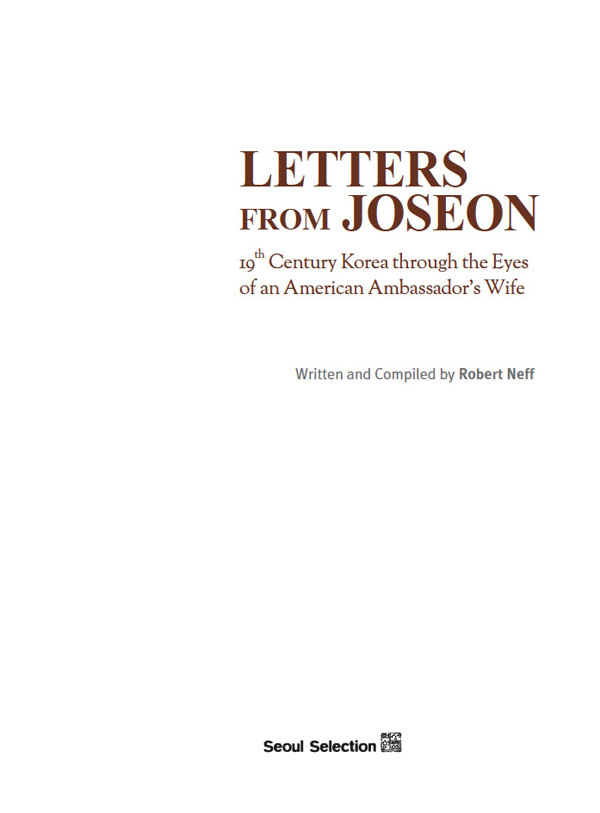

The Korea Foundation has provided financial assistance for
the undertaking of this publication project.
LETTERS
FROM JOSEON
19th Century Korea through the Eyes
of an American Ambassadors Wife
Copyright 2012 by Robert Neff
All Rights Reserved
No part of this book may be reproduced in any form without
written permission from the publisher.
Published by Seoul Selection
105-2 Sagan-dong, Jongno-gu, Seoul, Korea
Phone: 82-2-734-9567, Fax: 82-2-734-9562
Email:
www.seoulselection.com
To Frederic Dustin,
Friend and Mentor
PREFACE
John Mahelm Berry Sills role as the American Minister to Korea (18941897) is one of controversy and has been examined in detail by various writers using his reports to the State Department and other legation documents. He has been described as weak, ineffective, and reluctant by some and as independent, proactive, and alert by others, depending on the researcher. He served during an extremely turbulent period of Korean history, a span of time that encompassed the Sino-Japanese War, the Gabo Reforms, the murder of the Korean queen, and King Gojongs subsequent refuge in the Russian legation.
While this book does utilize some diplomatic despatchesAmerican and Britishit generally relies upon the personal correspondences between the Sills in Korea and their family in the United States to paint a picture of not only the domestic and social life at the American legation but of the events going on outside their walls. Sally Beaumont Sill, Johns wife, wrote most of the letters, but there were also letters from her sister, Elizabeth (Lily) Graham, and Joseph Sill, her son. These letters provide a candid view of life in not only the American community in Seoul, but also in the Russian legation, where King Gojong and the crown prince sought refuge following the murder of Queen Min. Augmented by English-language newspapers from China, Japan and Korea, the letters give evidence of the rumors and speculation that plagued the daily lives of not only the Western community in Seoul but the Korean community as well.
This project began in March 2009 when Prof. Lew Young-ick kindly presented me with a copy of Letters by John M. Sill, 18941897, Written from Korea which he had obtained from another professor nearly a decade earlier. Unfortunately, not all of the letters were copiedparticularly those from 1897. A search indicated that the John M. B. Sill Collection is part of the Michigan State Historical Collection at the Bentley Historical Library at the University of Michigan and consists of 240 items, including a scrapbook, poems, and other miscellaneous items, in addition to more than 750 pages of handwritten letters copied on microfilm. It is unclear where the original letters are or who presented the collection to the library. Except for some photographs, the descendants of the Sill family do not seem to possess any other materials.
There were a number of difficulties associated with this project. The copies of the letters were hard to read and transcribenot only because of the condition of the copies but also because of Sallys arthritic handwritingand required just over a year to complete. There was also the sheer volume of material. What should and should not be cut out was mainly a matter of personal taste, although I felt most of the material left out dealt mainly with affairs back in the United States and had little or no relevance to matters in Korea. Wherever possible, large passages are quoted so as to provide an authentic feel for the original writers style and perception.
I would like to express my sincere gratitude to Prof. Lew Young-ick for his great kindness in providing the copies of the letters; Michael E. Dobson, the second-great-grandson of John M. B. Sill, for providing not only the pictures of the Sill family but also correcting some of the dates and names related to the Sill family; Andrew Hillier, who provided information, pictures, and documents associated with his family; James Hoare, who provided pictures and information of the early British diplomatic mission in Korea; and Daniel Kane for providing information related to the Creelmande Guerville incident. I would also like to thank Brother Anthony (An Sonjae), the President of the Royal Asiatic SocietyKorea Branch, for his encouragement and support; Karen L. Jania, Reference Archivist at Bentley Historical Library, for her patient tolerance of my incessant questions and requests; and Richard Pennington, Jacco Zwetsloot, and Prof. Cheong Sung-hwa for their input and suggestions on the earlier transcripts. I am greatly indebted to Lee Gun-young and Jeon Dong-hun for their help in translating Korean sources and for scanning parts of my photograph/postcard collection. I would also like to thank Frederic Dustin for his sympathetic ear whenever I needed to vent out of frustration. And, of course, I would like to thank my family for all their encouragement and understanding.
I must also thank Seoul SelectionKim Hyung-geun, the publisher; Lee Bok-hyun, the designer; and especially the editors, Lee Jin-hyuk and Daisy Larios, who, despite my chronic tardiness and whining over what to cut and not cut, managed to turn my sloppy manuscript into a book.
Finally, I would like to thank the Korea Foundation for its generous financial support and encouragement. Without it and the help of the previously mentioned people, this book would have never been completed.

 Chapter One
Chapter OneTHE BEGINNING
JOHN MAHELM BERRY SILL (18311901) was a charming man with a flair for making friends. He was eccentric in many ways: had an intense interest in spiders, a fondness for flowers and poetry, and a tendency to dabble and invent things. But more than anything else, he was an educator. He began his career as an English professor at the State Normal School at Ypsilanti, where he eventually served twice as its principal. He also held the position of superintendent of the Detroits public school system and was, for a short time, a member of the University of Michigans Board of Regents. Having spent nearly forty years quietly living in Michigan, he seemed an unlikely candidate for international politics, but through the efforts of his friend, Don M. Dickinson, a Detroit lawyer and close confident of President Grover Cleveland, Sill was appointed as the American Minister to Korea.
Sills appointment is an indication of just how unimportant the United States viewed Korea at the time. Sills posting, despite his lack of qualifications, was allegedly secured as a favor so that he could rest and study the flora and fauna of Korea, but financial needs may have been the true motive. In 1893 the United States suffered a severe financial crisis and, like many Americans, Sill appears to have taken some financial losses.
John Sills role as a diplomat and Koreas political environment during the turbulent period of the Sino-Japanese war (18941895) and the years that followed were well documented in diplomatic despatches and official reports and have subsequently been studied and written about. However, official reports and documents only give a sanitized and diplomatic perspective and give very little information as to what was occurring socially in Korea and in the Sill household. Fortunately, Sally and her sister, Elizabeth Beaumont Graham (better known as Lily), provide us with a somewhat more innocent and perhaps more accurate view of life in Seoul during this chaotic period.
Next page
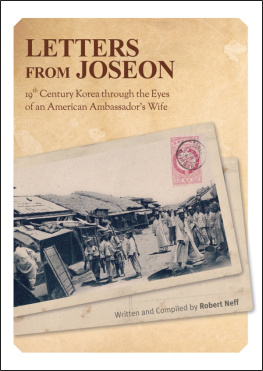

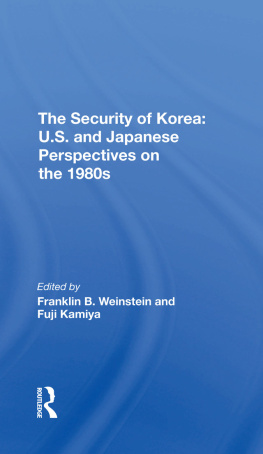

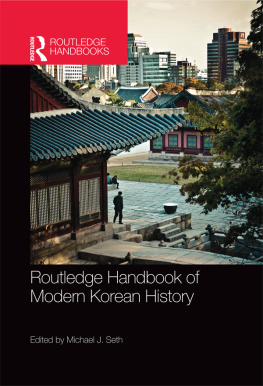

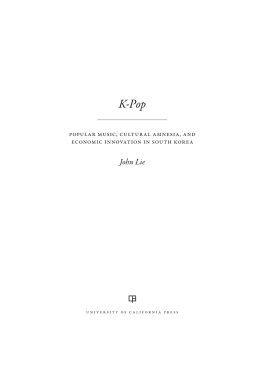

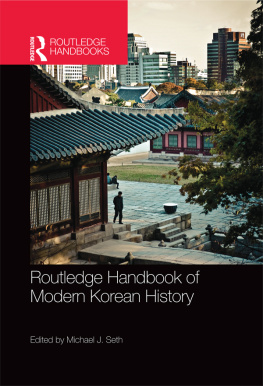
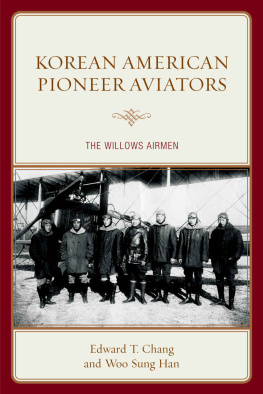



 Chapter One
Chapter One